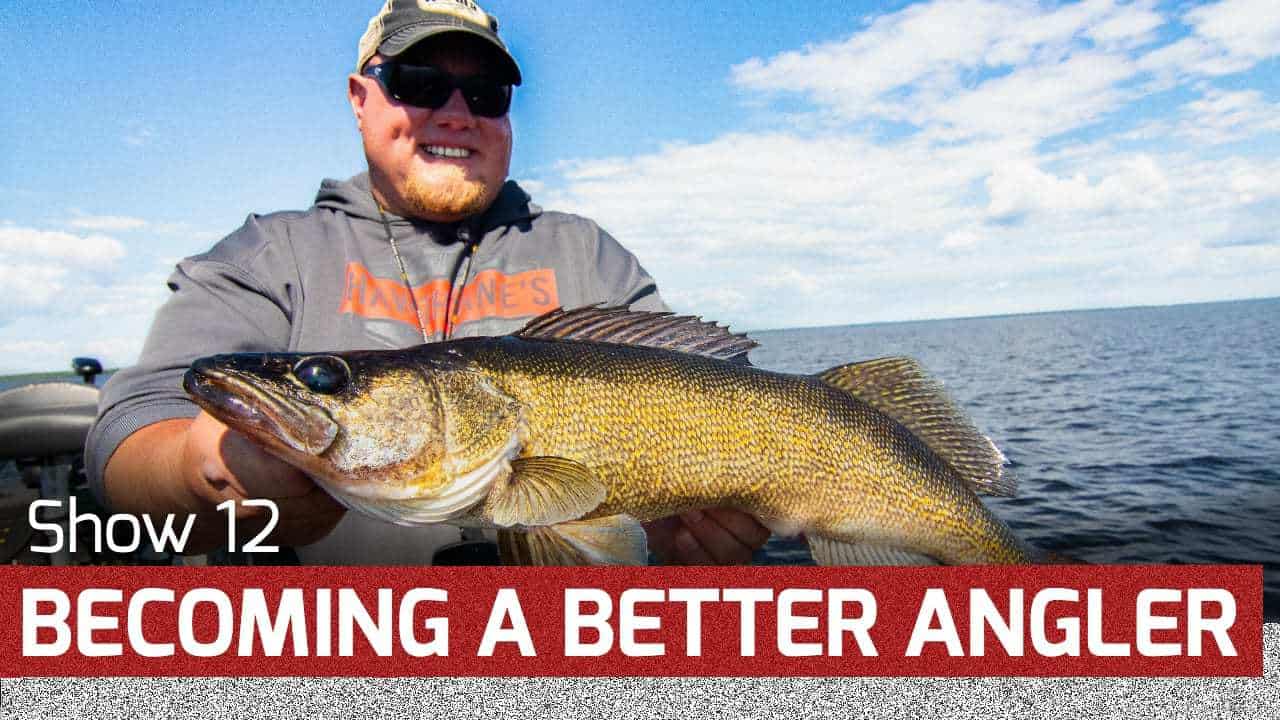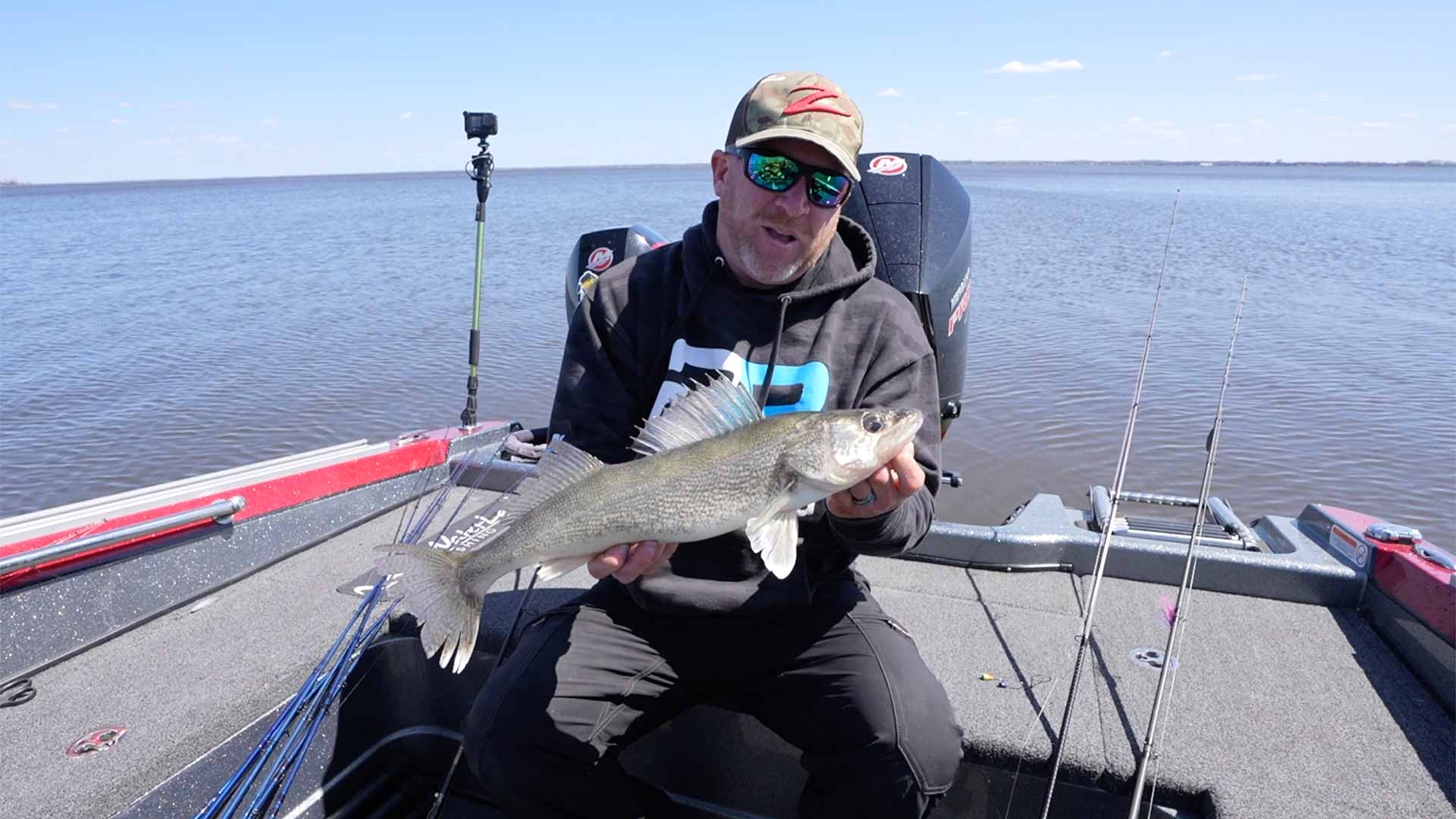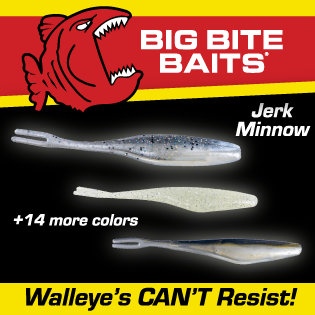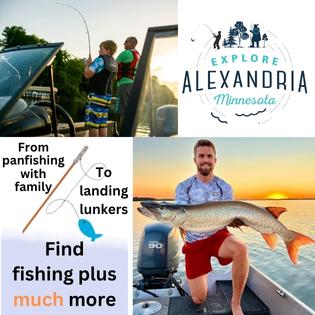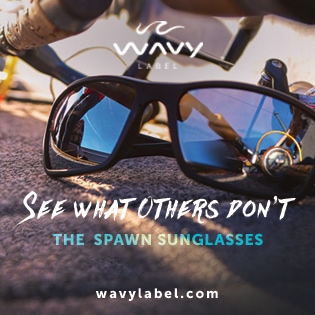This week on AnglingBuzz TV, we’re talkin’ with Minnesota guide Brad Hawthorne about targeting big fish and becoming a better angler. Catching fish is a multifaceted endeavor and the best anglers we know spend LOTS of time on the water and pay extra attention to the details.
Utilizing Electronics for Successful Fishing
One of the key factors in successful fishing is utilizing your electronics. With today’s advanced technology, such as Hummingbird, you can easily turn up the sensitivity on your fish finder to locate fish. In fact, the thermocline is often clearly defined on these devices, making it easier to find fish without the need for a separate probe. So make sure to take advantage of this technique and use your electronics to their full potential.
Walleye and Muskie Fishing Tips
Now let’s head to Lake Vermilion, where Billy Rosner has some tips for walleye and muskie fishing. When targeting walleye, Billy recommends using jigging wraps and shad wraps. He also suggests trying smaller baits like Blue Fox number five and six or a Maps five or six. By burning these baits in as fast as you can, you can elicit a strong muskie reaction. So don’t forget to mix up your bait sizes and techniques to maximize your chances of success.
Moving on to the Alexandria region of Minnesota, Joe Segura shares his insights on fishing for a variety of species. For walleye, Joe recommends targeting the mid-range of 18 to 20 feet. However, when the wind blows, shallow areas at around 6 feet can be productive. Joe also mentions that the pencil weeds in the area are loaded with fish, including big walleye, bass, and bluegill. So don’t hesitate to explore these weedy areas and try different baits to see what works best.
Captain Jared from the Duluth Superior Area provides a fresh report on fishing in the region. For inland lakes north of Duluth, he suggests using an RZ jig and a quarter or third of a crawler. Casting up the weed edges and shaking the weeds can trigger a reaction from panfish, walleye, pike, and bass. In Lake Superior, trolling deeper with downriggers and using spoons and flasher fly combos with smelt ends can be effective. The St. Louis River is also producing good catches, and using obnoxious baits like the custom 8mm Craig Bates or slower presentations with butterfly spoons can yield great results.
Essential Fishing Tools and Products
Now let’s take a look at some essential fishing tools and products that can enhance your fishing experience. Bubba Blade offers high-quality fishing pliers with a tungsten cutter, crimpers, and a no-slip grip handle. Rapala provides convenient tools like scissors and filers for sharpening hooks. VMC offers a variety of replacement hooks, including inline hooks, hybrid hooks, and feathered hooks. Northland Tackle offers bait fish image blades for customizing snells and spinners. Plano provides waterproof stowaway series containers for convenient storage of tackle and valuables. South Bend offers screw stack jars for small tackle and terminal tackle storage. Sea Foam provides motor treatment and deep creep lubricant for engine maintenance. Yeti offers the Hopper BackFlip 24, a leak-proof backpack cooler with a 6.4-gallon capacity. These products can be found at Fleet Farm stores or online.
Choosing the Right Fishing Line
When it comes to fishing lines, there are three main types to consider: monofilament, fluorocarbon, and braid. Monofilament is the least expensive and easiest to use. It has some stretch, making it great for shock absorption on bites and topwater fishing. Fluorocarbon is denser and less visible to fish underwater. It is strong and abrasion-resistant, making it suitable for deepwater fishing and fishing around heavy cover. Braid is the strongest and most abrasion-resistant line. It is versatile and great for fishing in thick cover. It also has minimal line twists. Each type of line has its own advantages, so choose the one that best suits your fishing needs.
Conclusion
In conclusion, successful fishing requires utilizing electronics, targeting specific fish species, and choosing the right fishing tools and products. By using your fish finder to locate fish, trying different baits and techniques, and using the appropriate fishing line, you can increase your chances of a successful fishing trip. So get out there, explore different fishing spots, and enjoy the thrill of reeling in your next big catch!
